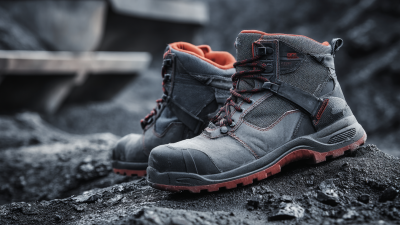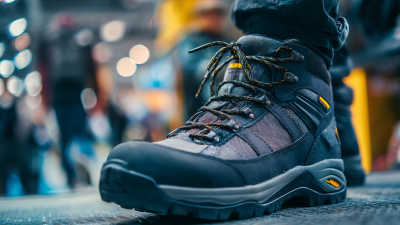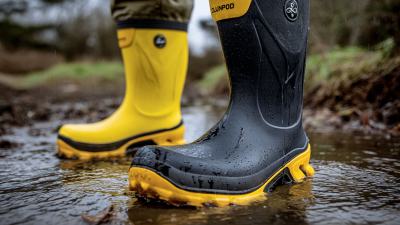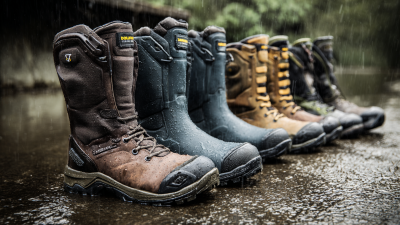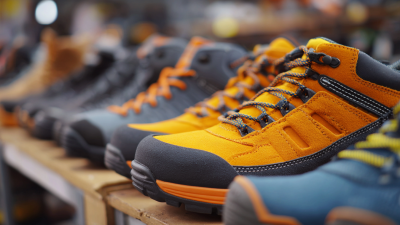When it comes to ensuring safety and comfort in hazardous work environments, selecting the right footwear is paramount. According to a report by the Occupational Safety and Health Administration (OSHA), over 100,000 workplace injuries each year are caused by foot-related accidents, making the choice of proper footwear critical. Boots Steel Toe are designed specifically to protect against impact and compression, providing essential safety features like reinforced toe caps made from steel or composite materials. Moreover, a study by the American Society of Safety Professionals (ASSP) indicates that wearing proper safety boots can reduce injury severity and enhance worker productivity. As industries increasingly recognize the importance of protective footwear, understanding how to choose the best Boots Steel Toe that balance safety, comfort, and individual needs becomes essential for both employers and employees.
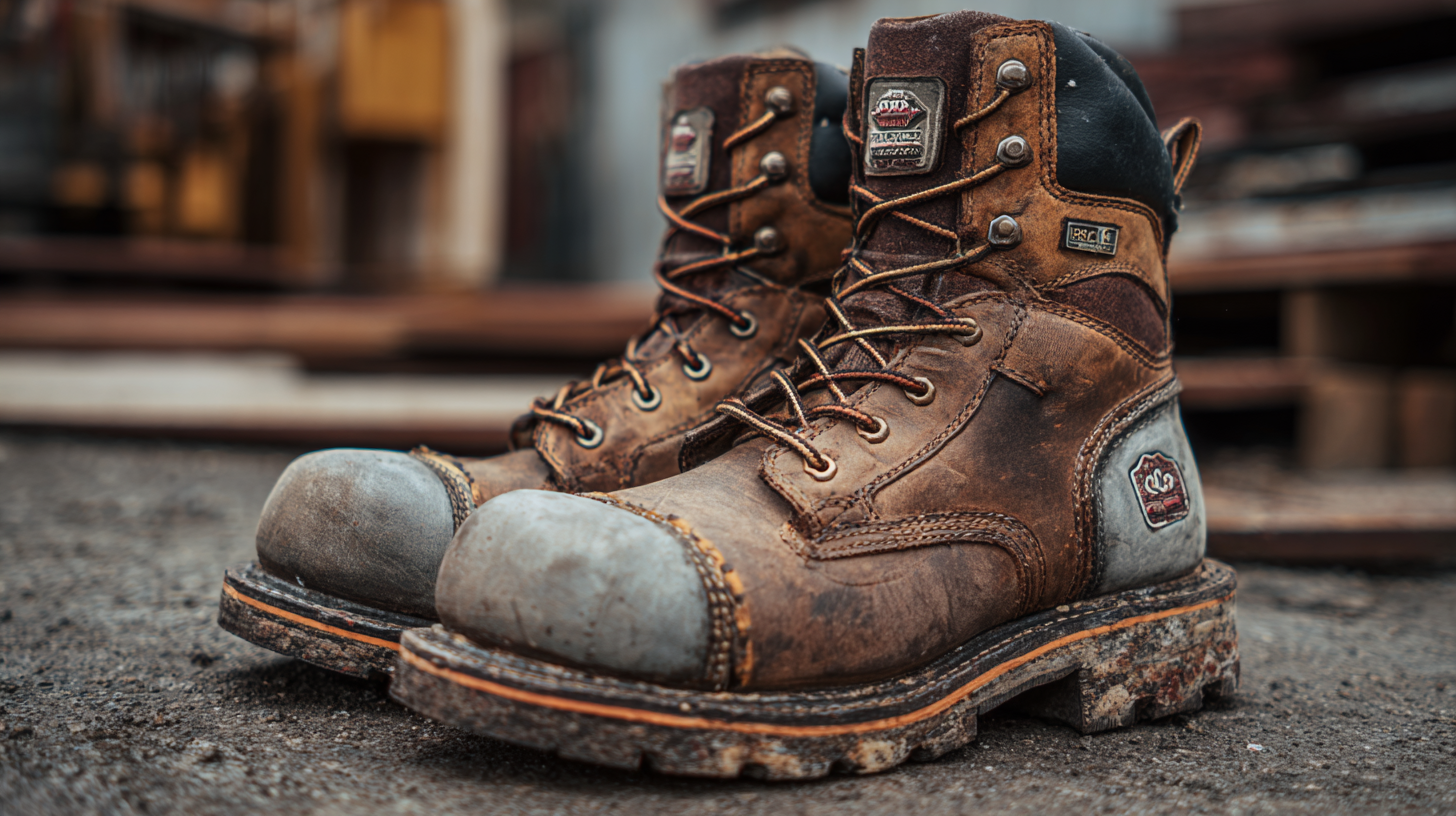
When selecting steel toe boots, safety features should always be prioritized. Look for boots that meet the ASTM (American Society for Testing and Materials) safety standards. This ensures that the boots can withstand impacts and compression. Additionally, check for slip-resistant outsoles, as they greatly reduce the risk of falls in various working environments. Waterproof materials can also be a key factor, particularly for those working outdoors or in wet conditions, as they help keep feet dry and comfortable.
Comfort is equally important in choosing steel toe boots. A well-padded collar and tongue can enhance comfort during prolonged wear, preventing rubs and blisters. Pay attention to the boot’s weight; lighter options tend to reduce fatigue over long hours of standing or walking. Consider the fit and arch support as well, since a good fit will minimize foot strain and improve overall support. Trying on boots with the socks you’ll typically wear in your job can help ensure the best fit and comfort level for your feet.
When selecting the best steel toe boots for safety and comfort, understanding the types of steel toe caps is crucial. Steel toe caps are essential for protecting the feet from heavy objects and potential impact hazards. There are several types of steel toe caps, including traditional steel, aluminum, and composite materials. Traditional steel caps offer the highest level of protection but can be heavier, impacting comfort during extended wear. On the other hand, aluminum caps provide a lightweight alternative while still maintaining adequate protection. Composite caps, made from non-metallic materials, are also lighter and are ideal for environments where electrical hazards are a concern.
The impact of these steel toe cap types on safety features cannot be overstated. Choosing the right type of toe cap can affect not only the safety rating of the boots but also the overall comfort level throughout a demanding workday. For instance, composite toe caps are excellent for those needing footwear that is both protective and lightweight, facilitating ease of movement. Meanwhile, traditional steel caps can be preferable in industries that prioritize maximum protection over weight considerations. Each option presents unique benefits, allowing wearers to make informed choices based on their specific work environment and personal comfort preferences.
 When selecting steel toe boots, fit and comfort are paramount. A well-fitted boot adheres to the contours of the foot, providing necessary support while reducing the risk of pressure-related skin lesions. Research indicates that improper footwear is a leading cause of discomfort in workers, leading to higher fatigue levels and decreased productivity. Quality steel toe boots typically feature a roomy toe box and adequate cushioning, ensuring that workers can remain on their feet for extended periods without undue discomfort.
When selecting steel toe boots, fit and comfort are paramount. A well-fitted boot adheres to the contours of the foot, providing necessary support while reducing the risk of pressure-related skin lesions. Research indicates that improper footwear is a leading cause of discomfort in workers, leading to higher fatigue levels and decreased productivity. Quality steel toe boots typically feature a roomy toe box and adequate cushioning, ensuring that workers can remain on their feet for extended periods without undue discomfort.
Moreover, industry evaluations highlight the importance of stability and ankle support in safety boots. A study found that footwear designed for specific occupations adequately protects workers while accommodating their unique foot structures—thus minimizing the risk of injury. Boots with flexible midfoot sections can promote proper blood flow and posture, ultimately leading to enhanced mobility throughout the day. As you evaluate your options, remember that the right balance of safety and comfort is essential for both productivity and overall well-being on the job.
When choosing steel toe boots, one of the most critical considerations is the balance between durability and breathability. According to the Occupational Safety and Health Administration (OSHA), workers who wear steel toe boots report a 40% lower incidence of foot injuries. However, the materials used in these boots can significantly affect comfort levels throughout long working hours. Traditional materials like leather provide excellent durability, offering resistance against wear and tear, often lasting 1-2 years in demanding environments. Yet, they can lack breathability, leading to moisture buildup and discomfort.
On the other hand, manufacturers are increasingly using advanced synthetic materials and mesh fabrics, which enhance breathability without sacrificing durability. A report by the American Society of Testing and Materials (ASTM) highlights that boots with moisture-wicking properties can improve comfort by up to 30% for those in high-activity roles. These materials also contribute to a lighter overall boot weight, allowing for better mobility. Striking the right balance between these material choices is essential for ensuring safety and comfort in the workplace, ultimately leading to increased productivity and reduced fatigue for workers.
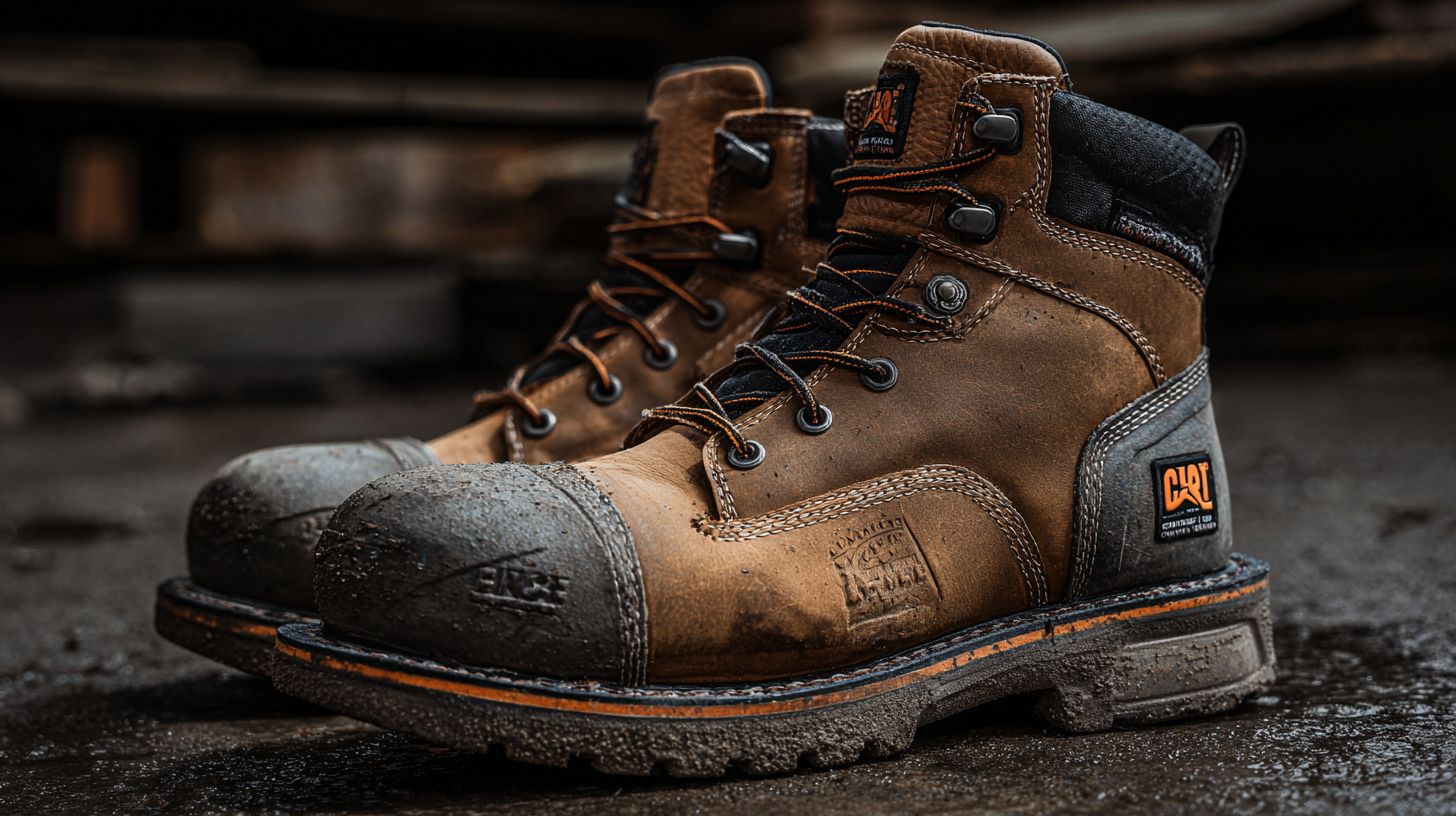
When selecting steel toe boots, understanding safety ratings and certifications is crucial to ensuring both protection and comfort. The standards set by organizations like ASTM International and ISO (International Organization for Standardization) guide manufacturers in producing reliable footwear. For instance, ASTM F2413 is a commonly referenced standard that outlines the impact and compression resistance required for steel toe protection, meaning boots meeting this criterion can withstand a minimum of 75 foot-pounds of impact.
It's important to look for additional features in safety certifications. Some boots carry labels indicating slip resistance (ASTM F2913) or electrical hazard protection (ASTM F2413), ensuring they are safe for various work environments. Recent industry reports indicate that nearly 30% of workplace injuries stem from improper footwear, underscoring the importance of well-certified steel toe boots that cater to the specific hazards of your job.
**Tips:** When shopping, consider trying on boots at the end of the day when your feet are slightly swollen to ensure a comfortable fit. Look for padding and arch support, which can significantly enhance comfort during long hours of wear. Additionally, prioritize boots with moisture-wicking materials to keep your feet dry and reduce the risk of blisters.
| Feature | Description | Safety Rating | Comfort Level |
|---|---|---|---|
| Steel Toe Cap | Protects toes from impacts and compression | ASTM F2413-18 | High |
| Slip Resistance | Reduces the risk of slips and falls | ASTM F2913 | Medium |
| Electrical Hazard Protection | Protects against electrical shock | ASTM F2413 EH | Medium |
| Water Resistance | Keeps feet dry in wet conditions | N/A | High |
| Puncture Resistance | Prevents sharp objects from penetrating the sole | ASTM F2413 PR | Medium |
